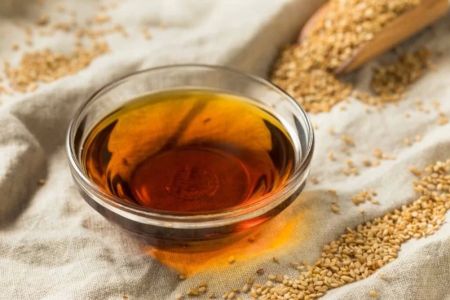Chinese Cooking Techniques to Master
As someone who loves exploring different cuisines, I found myself captivated by the complexity and depth of Chinese cooking. Over time, I’ve learned that Chinese cuisine is not just about the flavors but also about mastering several key techniques that transform simple ingredients into extraordinary meals. If you’re looking to elevate your cooking game and dive into the world of Chinese food, this article will walk you through the must-know Chinese cooking techniques that I believe every home cook should master.
1. Stir-Frying: The Foundation of Chinese Cooking
Stir-frying is probably the most well-known Chinese cooking technique. This fast and efficient method involves cooking food quickly in a small amount of oil at high heat. The goal is to retain the crispness and flavor of the ingredients. I remember the first time I tried stir-frying—I had to get the timing just right, as everything cooks in just a few minutes. The key to a successful stir-fry is using a wok, as its shape allows heat to circulate evenly, ensuring that the ingredients cook quickly without becoming soggy.
1.1 The Importance of Prepping Your Ingredients
One thing I learned quickly about stir-frying is that preparation is crucial. All the ingredients must be chopped and ready to go before the heat hits the wok. This technique requires high heat, so you need to work fast. As I started practicing, I found that having everything organized and prepared beforehand made the process smoother and allowed me to focus on the cooking rather than scrambling to chop vegetables mid-cook.
1.2 Essential Ingredients for Stir-Frying
While you can stir-fry almost any ingredient, some staples in Chinese cooking are essential to achieve that authentic flavor. Soy sauce, oyster sauce, and hoisin sauce are my go-to condiments. Ginger and garlic are also frequently used for aromatic depth. I also found that having a variety of fresh vegetables, like bell peppers, mushrooms, and bok choy, adds texture and color to the dish, making it not only flavorful but visually appealing.
2. Steaming: A Healthier and Lighter Method
Steaming is another fundamental Chinese cooking technique that I find myself using more and more. Unlike frying or stir-frying, steaming preserves the natural flavors of ingredients while maintaining their nutritional value. I first encountered steaming while enjoying dim sum at a restaurant, and I was amazed at how tender and juicy the dumplings were. Steaming is used for everything from dumplings and buns to fish and vegetables.
2.1 The Tools You Need for Steaming
To steam food properly, a bamboo steamer is essential. It’s a tool I now swear by in my kitchen. Bamboo steamers are traditionally used in Chinese kitchens, and they allow steam to circulate around the food, ensuring even cooking. I love how the bamboo gives the food a subtle flavor, making the entire dish taste more authentic. If you don’t have a bamboo steamer, you can also use a metal one or even a heatproof plate placed in a large pot with a lid.
2.2 Steaming for Tender and Moist Dishes
What I adore about steaming is how it keeps everything moist. Whether it’s a fish fillet, a chicken breast, or dumplings, steaming locks in moisture, resulting in a tender, juicy texture. For example, I made steamed bao buns at home recently, and the filling was incredibly moist, thanks to the gentle cooking process. It’s also a fantastic way to cook delicate ingredients like fish or dumplings without overcooking them.
3. Braising: Slow and Steady Wins the Flavor Race
Braising is a slower cooking technique that involves cooking food in liquid over low heat for an extended period. This method is especially popular for tougher cuts of meat, like pork or beef, as it breaks down the fibers and results in melt-in-your-mouth tenderness. I remember making red-braised pork belly for the first time—it took several hours, but the end result was a deeply flavorful dish that had a rich, savory taste with a hint of sweetness. The key to braising is using the right combination of soy sauce, sugar, and spices, creating a balance of savory and sweet flavors.
3.1 The Secrets of the Perfect Braise
In braising, I’ve found that the liquid used plays a significant role in flavoring the dish. It’s not just about soy sauce and sugar; you’ll often find star anise, cinnamon, and other spices added to the braising liquid to create depth. Additionally, it’s important to simmer the dish on low heat. Rushing the process can result in tough, undercooked meat, so patience is essential. I’ve learned to take my time and allow the dish to develop its full flavor profile.
3.2 Popular Braised Dishes in Chinese Cuisine
Some of the most famous Chinese braised dishes include “red-braised pork” and “braised chicken with mushrooms.” Each dish has its own signature flavors, but they all share the same method—slow cooking to allow flavors to meld. I’ve made both of these dishes multiple times, and each time, they’ve been a hit with my family and friends. Braising is one technique I can always rely on when I’m looking for something hearty and satisfying.
4. Stir-Steaming: A Fusion of Techniques
As I continued exploring Chinese cooking techniques, I stumbled upon stir-steaming, which is exactly what it sounds like—a fusion of stir-frying and steaming. In this technique, you stir-fry the ingredients for a brief period, then add a small amount of liquid and cover the dish to let it steam. This method is great for dishes that need both the seared flavor from stir-frying and the tenderness from steaming. I tried this technique when making a chicken and vegetable stir-steam, and it turned out deliciously tender with a slight charred flavor.
4.1 Combining the Best of Both Worlds
What makes stir-steaming unique is its versatility. The stir-frying part gives a nice caramelization on the ingredients, while the steaming part helps to preserve moisture and tenderness. The result is a dish that has depth and richness without being too oily or greasy. It’s a technique that I often use when I want to serve a healthier, lighter dish that still has a lot of flavor.
5. Wok Cooking: The Heart of Chinese Cuisine
Finally, I can’t talk about Chinese cooking without mentioning the wok. It’s not just a pan—it’s an essential tool for nearly every Chinese cooking technique. The wok allows for high heat, even cooking, and versatility, making it perfect for stir-frying, steaming, braising, and more. I’ve found that using a wok has completely transformed the way I cook, especially when it comes to stir-frying. The wok’s unique shape ensures that heat circulates properly, which helps to keep the ingredients crisp and perfectly cooked.
5.1 The Magic of High Heat
One of the secrets to successful wok cooking is the high heat used during cooking. The wok’s shape allows the heat to spread evenly, ensuring that the ingredients cook quickly and maintain their texture. As I’ve practiced with my wok, I’ve noticed that the quick cooking method helps to retain the freshness and flavor of vegetables, while proteins like chicken or beef remain juicy and tender.


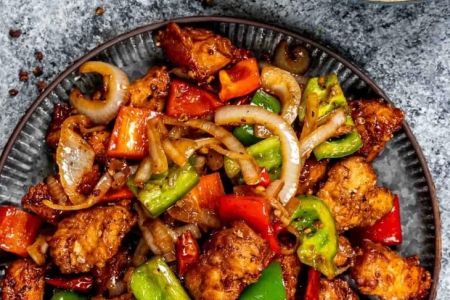
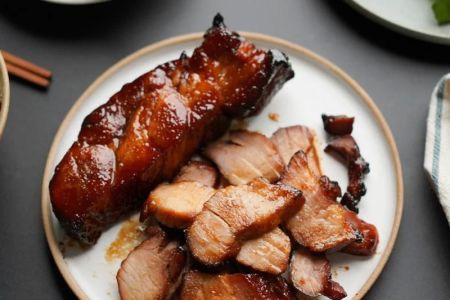
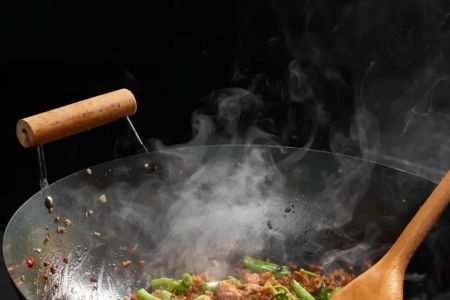
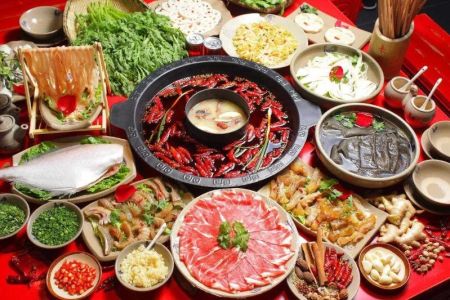
![Top Chinese Restaurants for Authentic Cantonese Cuisine in [Your City]](https://img.gochinarose.com/d33/2507/4157910400_450x300.webp)
